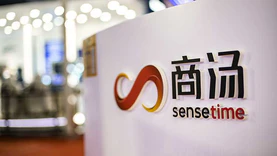On July 12th, Li Wenguang, President of Huawei's Intelligent Automotive Product Line, announced plans to launch high-speed L3 autonomous driving pilot commercial and urban L4 testing by 2025; Promote large-scale commercial use of high-speed L3 and pilot commercial use of L4 in urban areas by 2026; By 2027, achieve large-scale commercial use of L4 in urban areas. Although the plan is radical, he believes that achieving the goal by 2027 will lead Tesla by one year.
Previously, Jin Yuzhi, CEO of Huawei Intelligent Automotive Solutions BU, stated that L3 level autonomous driving is the trend, and Huawei's L3 capability is already in place. Commercialization is only a matter of time. Yu Chengdong also revealed that he relies on intelligent driving and hopes for the popularization of L3. He also responded for the first time to the "suspected sleeping while driving" incident in May, saying that he looked down at his phone at the time and had accepted punishment afterwards.
Supporting this ambition is the Huawei ADS 4.0 intelligent driving system, which will be installed in flagship models such as the Zunjie S800 starting from the third quarter of 2025. The system integrates multiple sensors such as LiDAR and high-precision maps, and continues to evolve with deep learning algorithms. Yu Chengdong once stated that ADS 4.0 will become a watershed in the industry.
Huawei's strategic layout will undoubtedly greatly promote the development of autonomous driving technology in the coming years, especially in the L3 and L4 autonomous driving fields. However, complex urban roads, adverse weather conditions, sudden obstacles, and other challenges need to be addressed, and no enterprise has yet achieved mass production and implementation worldwide.











